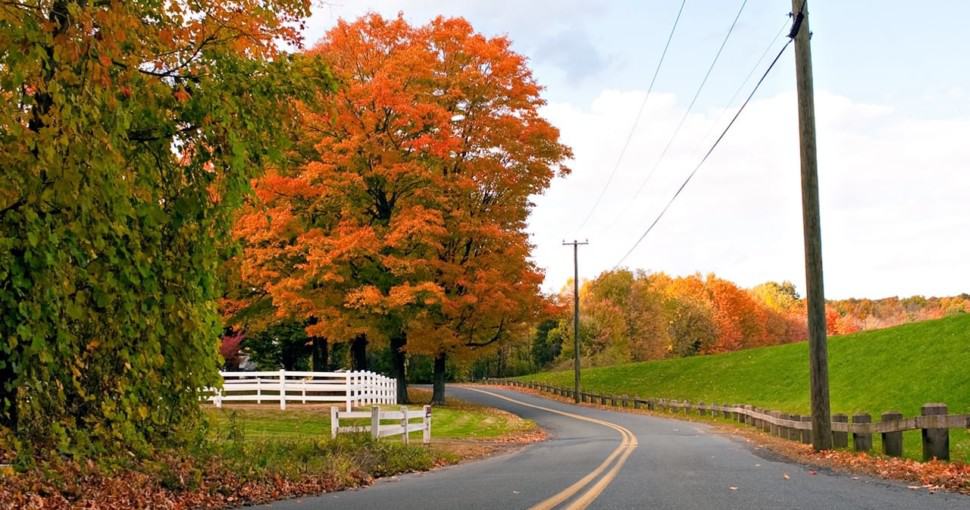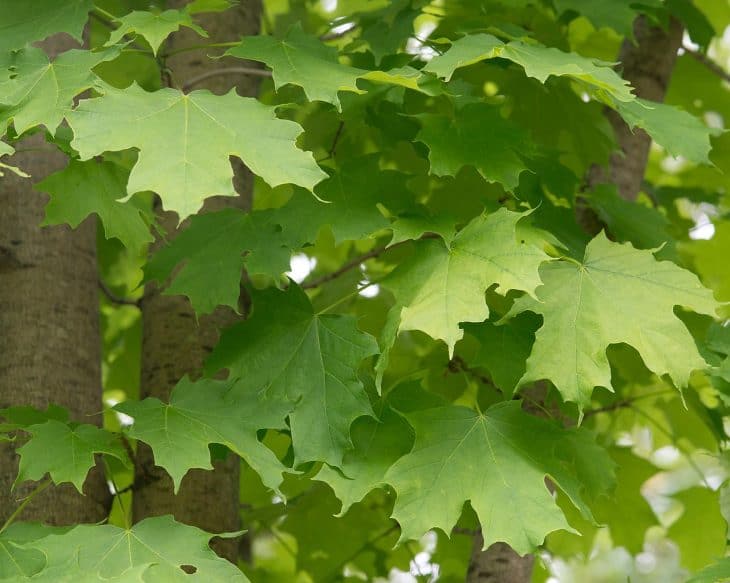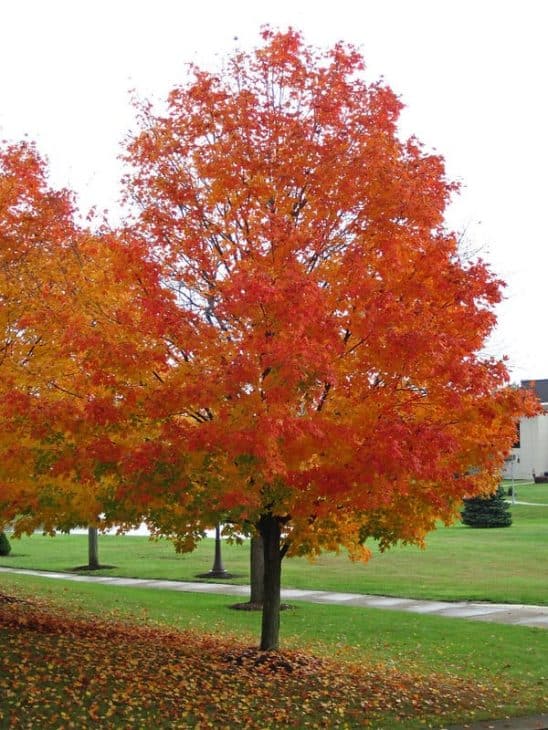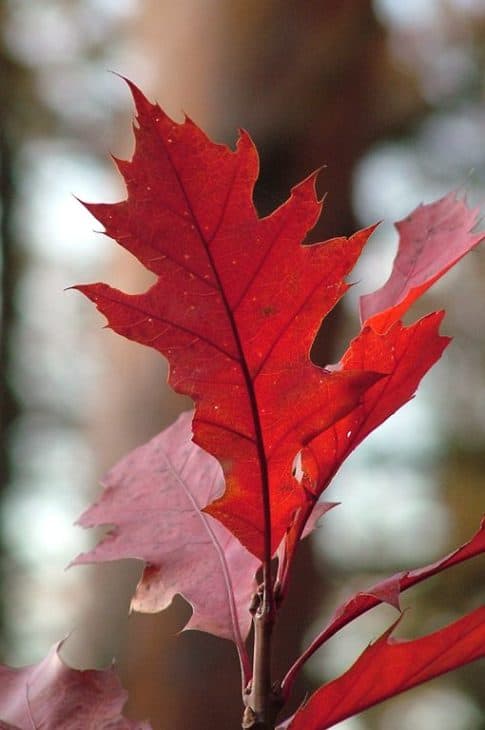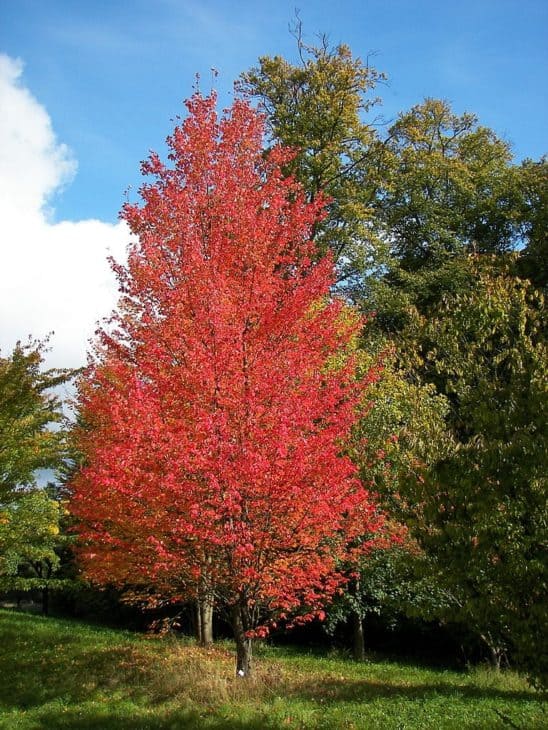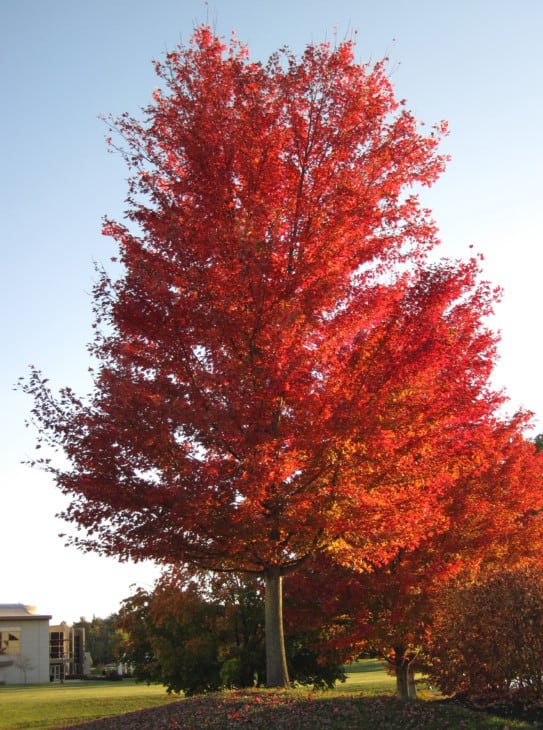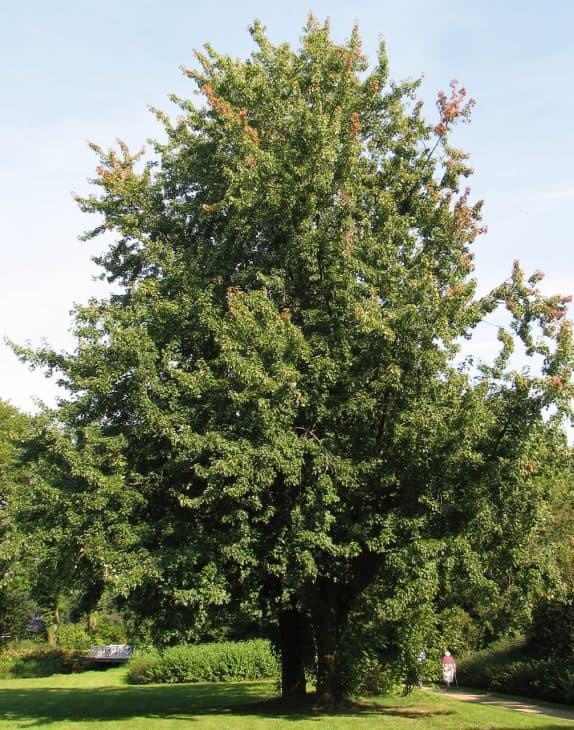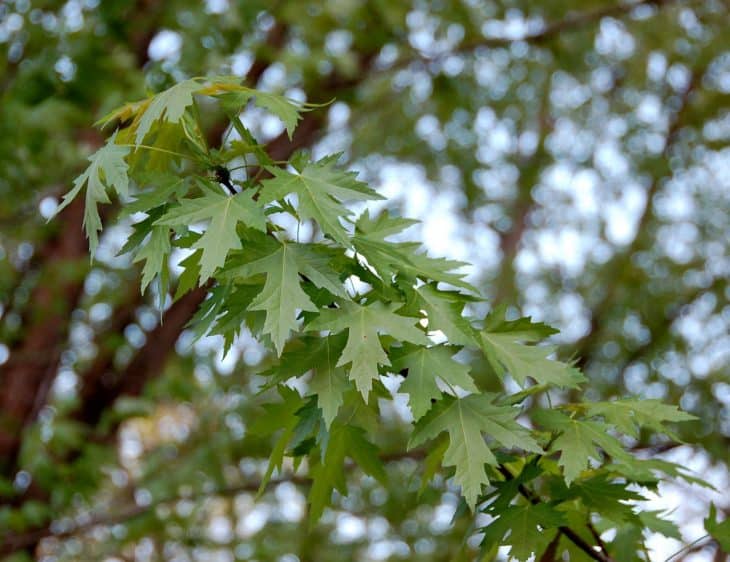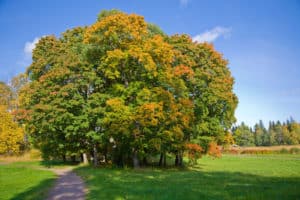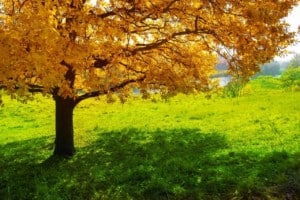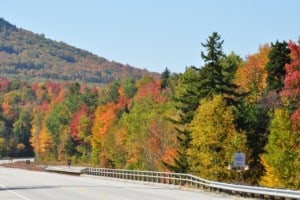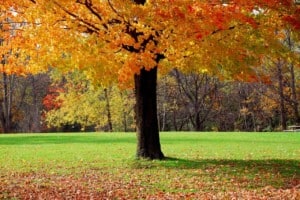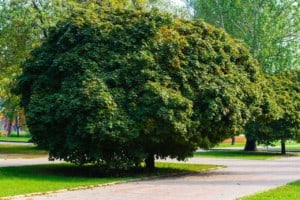With lush trees covering nearly 60% of the 3.4 million acres of landmass, Connecticut is considered a heavily forested state. When it comes to overall forest cover, the region ranks around 13th in the country, but it ranks 1st when it comes to the percentage of urban lands planted with trees. Maple trees are some of the most common trees in Connecticut.
Although the state has an abundant variety of trees, maple trees are especially common in the region. The Red Maple tree is the most common, making up approximately 27% of the indigenous forest trees in Connecticut.
Given their beauty, structure, and rapid growth, maples are a popular choice amongst homeowners. They are also good as roadside or specimen trees since they lure in birds and other fauna while still providing much-needed cover from the summer sun and heat. They are also drought-resistant and simple to maintain.
Although any maple tree can be tapped for its delectable sap, the sugar maple produces the freshest and tastiest syrup. Sugar maple trees flourish in Connecticut, rendering it one of the best maple syrup locations in the country.
In Connecticut, the traditional maple syrup season runs from early February till late March. This is known as the “sugaring season.” The maple tree needs freezing nights and warm, bright days to produce sap, i.e., a colorless liquid with a mild, sweet flavor. Maple syrup manufacturers, also known as sugarmakers, gather maple sap and boil it to extract the maple flavor and golden color.
There are three species of maple trees that are abundant in the state, which we will talk about below.
1. Sugar Maple (Acer saccharum)
Sugar Maples are the primary source of Connecticut’s maple syrup. They have a dense crown of leaves that change a variety of colors in autumn, from yellow to crimson. Their bark is greyish in color, with a smooth texture. Sugar maple trees often reach up to 80 to 115 feet when grown in ideal conditions.
2. Red Maple (Acer rubrum)
As indicated in the name, the Red Maple has a reddish hue in its foliage, flowers, and branches. Its flowers add to its beauty when it blooms in late winter or early spring. The three-lobed leaves are known for their serrated margins and pointed tips. The tree thrives in moist areas and medium to full shade. It can grow up to 40 to 70 feet tall.
3. Silver Maple (Acer saccharinum)
The Silver Maple is a fast-growing species growing up to 50 to 70 feet tall and can endure diverse soil conditions, from wet to dry. The tree gets its name from the silvery color underneath its leaves. Even a tiny breeze can expose the base of the leaves, creating a lovely gleaming effect. It blooms in the spring with red and yellow blossoms.

